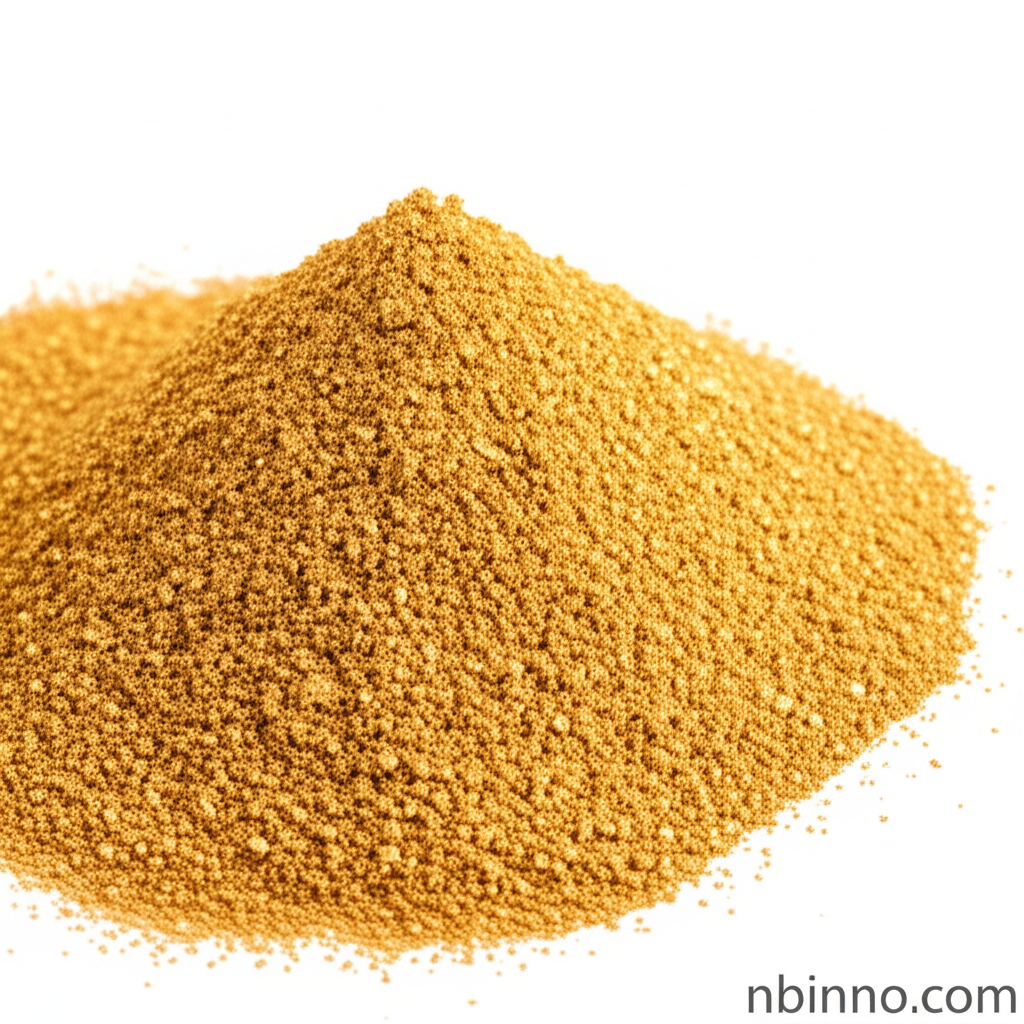Sodium Tetrachloroaurate(III) Dihydrate: Essential for Advanced Research
Discover the critical role of this gold salt in nanotechnology, catalysis, and beyond.
Get a Quote & SampleProduct Core Value

Sodium Tetrachloroaurate(III) Dihydrate
This compound is a vital gold salt with broad applications in scientific research. Its primary uses include being a precursor in the synthesis of gold nanoparticles, which are crucial for drug delivery and imaging. It also serves as a gold catalyst in various chemical synthesis reactions, improving efficiency and resource utilization. In electrochemistry, it aids in developing sensitive sensors and electrodes, while in material science, it's used to create conductive films and coatings. Furthermore, its role in analytical chemistry for accurate gold quantification makes it indispensable.
- Sodium nanoparticle synthesis precursor is essential for advanced biomedical applications.
- Utilize this gold salt in catalysis for efficient organic synthesis.
- Explore its use in electrochemistry sensor development for enhanced detection methods.
- Investigate its role in material science conductive films for electronic applications.
Key Advantages
Purity and Quality
Achieve reliable results with high-purity grades, often exceeding 99.9%, ensuring consistency in your sodium tetrachloroaurate iii dihydrate applications.
Versatile Application Spectrum
From gold nanoparticle synthesis to sophisticated catalysis, this compound supports a wide range of groundbreaking research areas.
Facilitates Innovation
Its unique properties make it a cornerstone for developing novel materials and analytical techniques, driving scientific progress.
Key Applications
Gold Nanoparticle Synthesis
As a leading sodium tetrachloroaurate iii dihydrate precursor, it's fundamental for creating nanoparticles used in diagnostics and therapeutics.
Catalysis
Leverage its power as a gold catalyst in chemical synthesis for more sustainable and efficient reactions.
Electrochemistry
Enhance sensor sensitivity and selectivity through its use in electrochemistry sensor development.
Material Science
Contribute to the creation of advanced electronic components with its application in material science conductive films.
